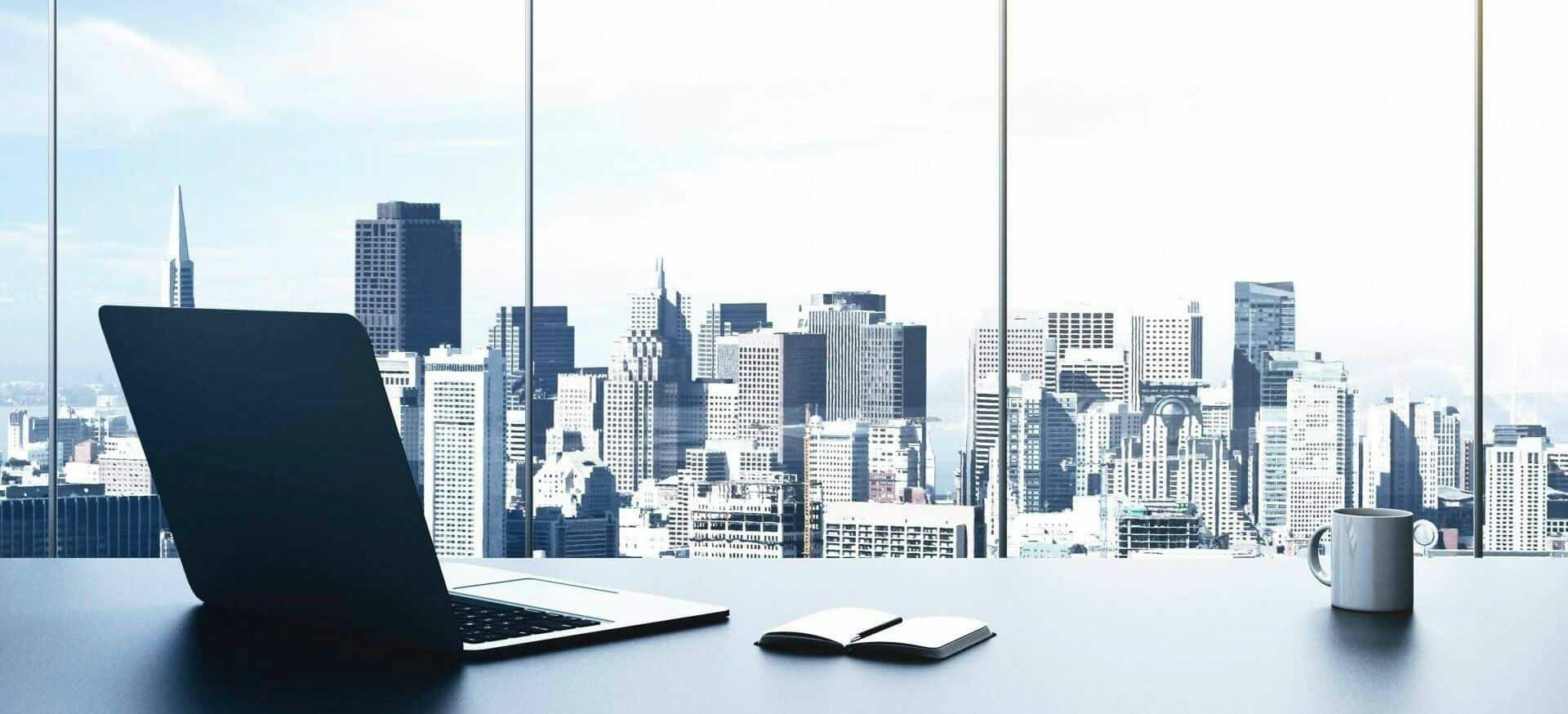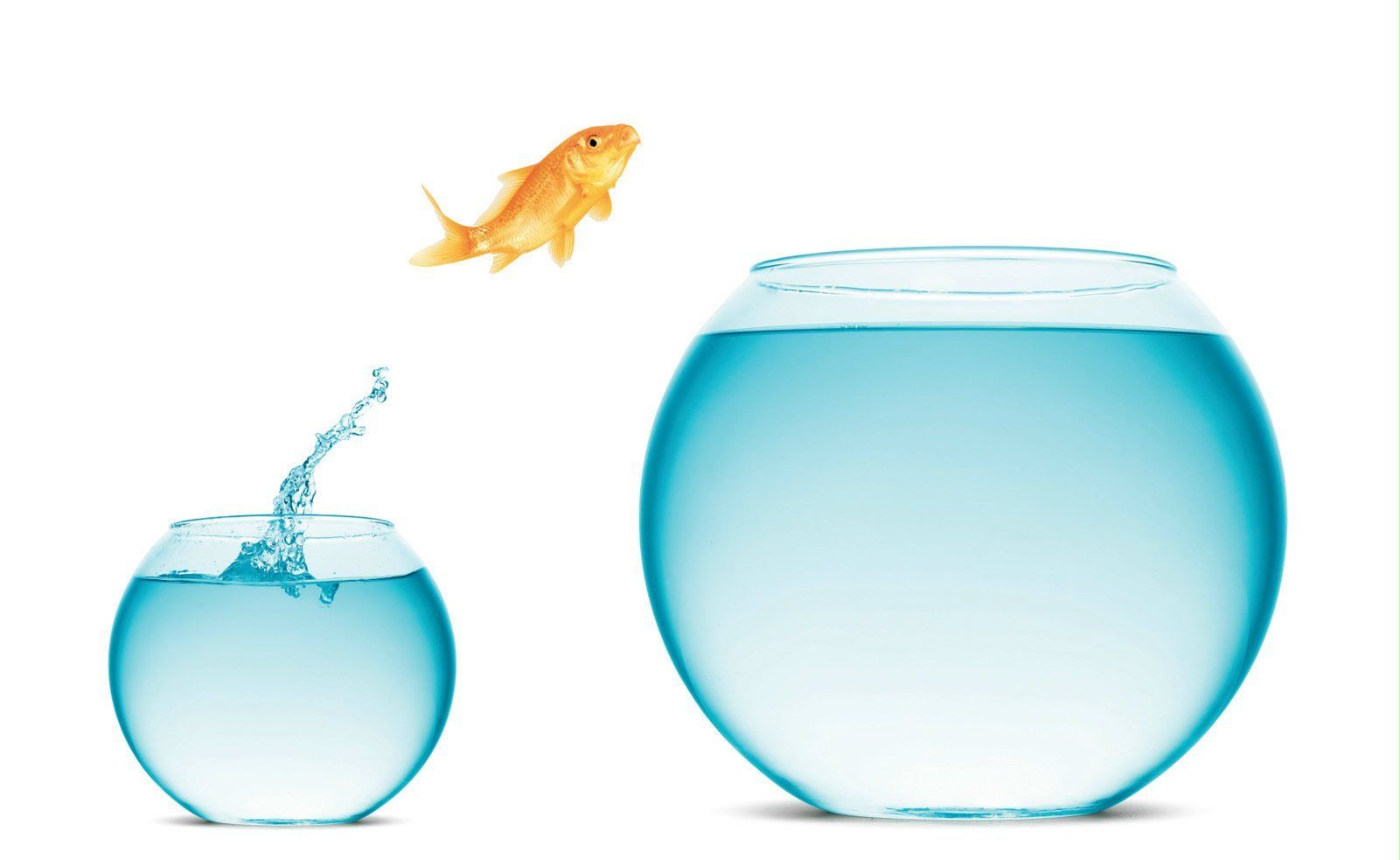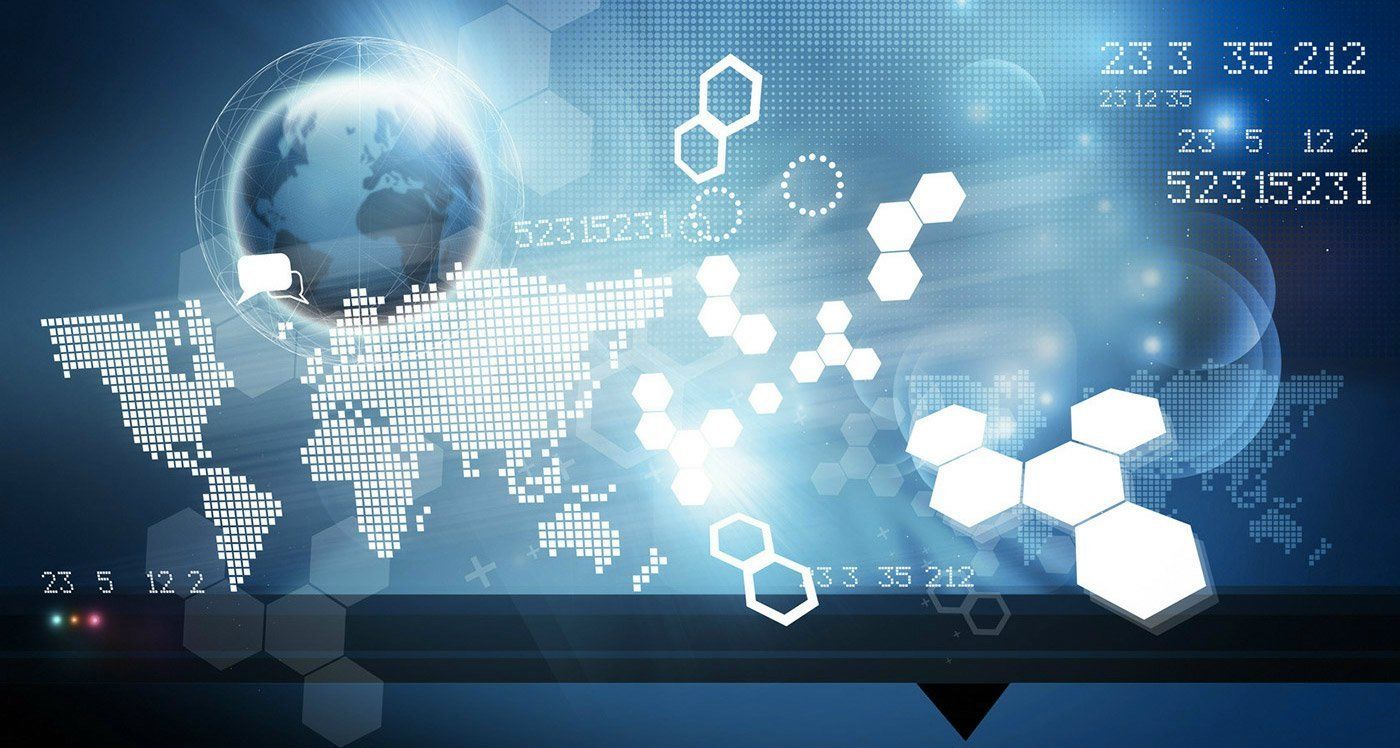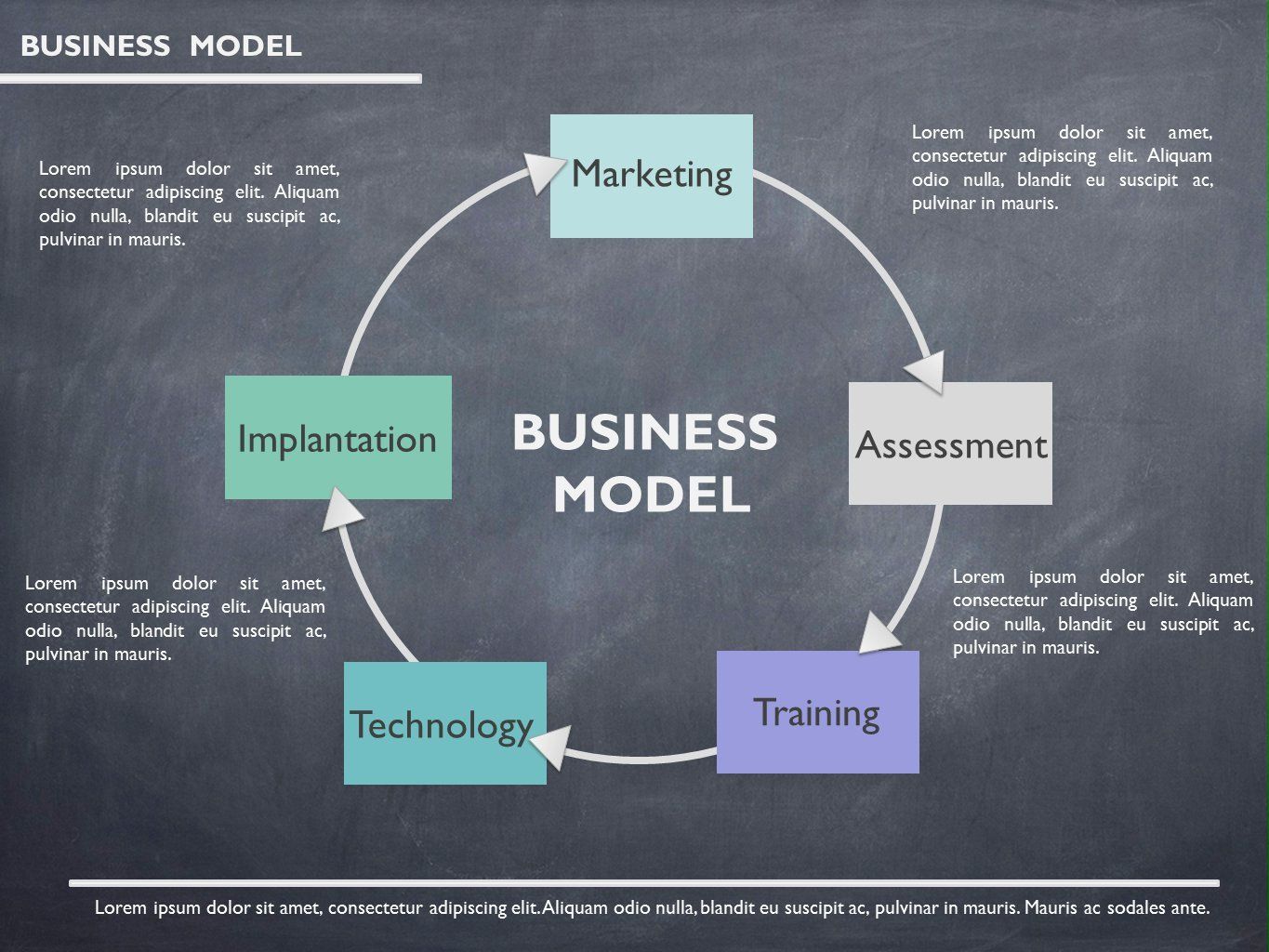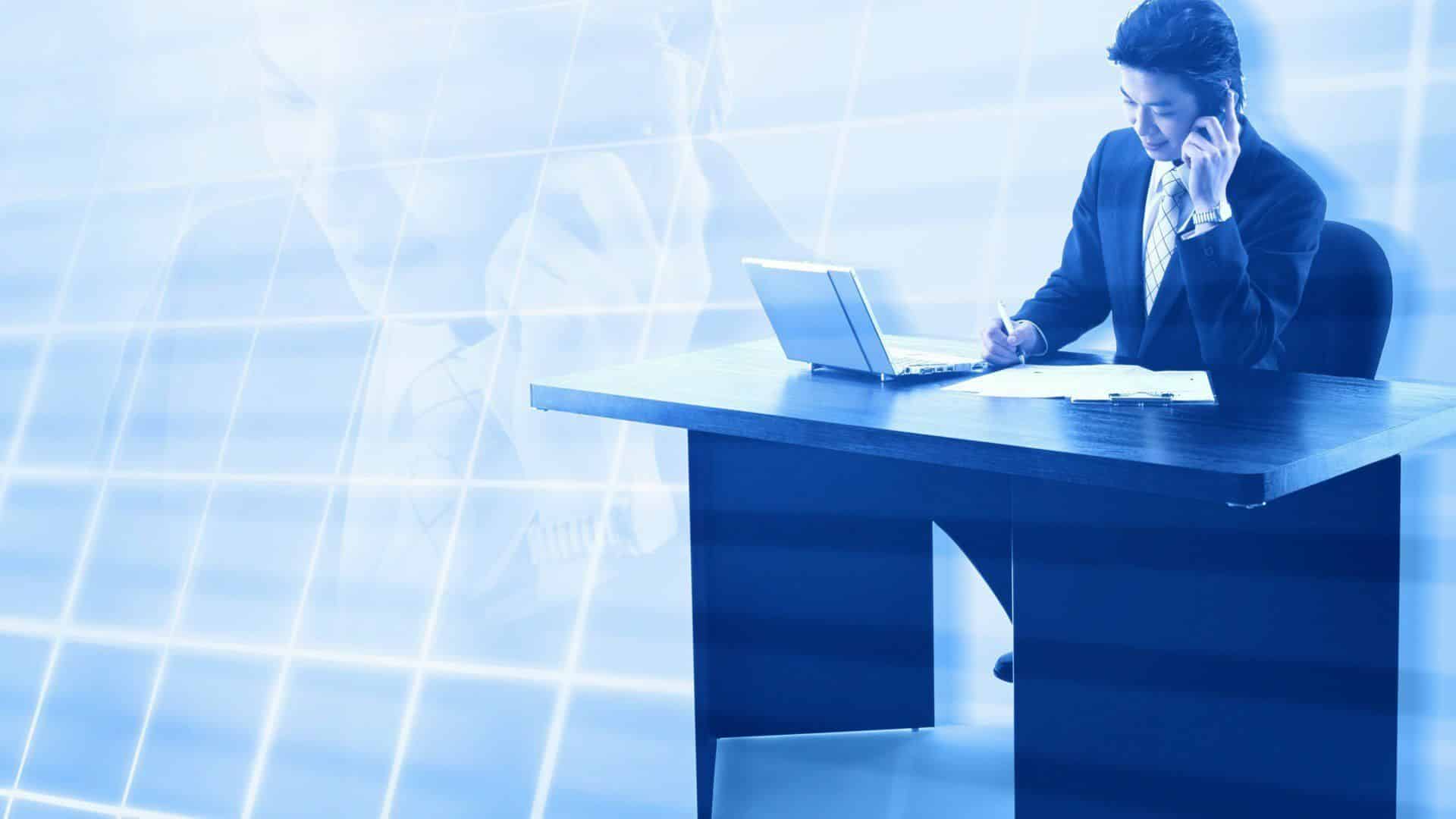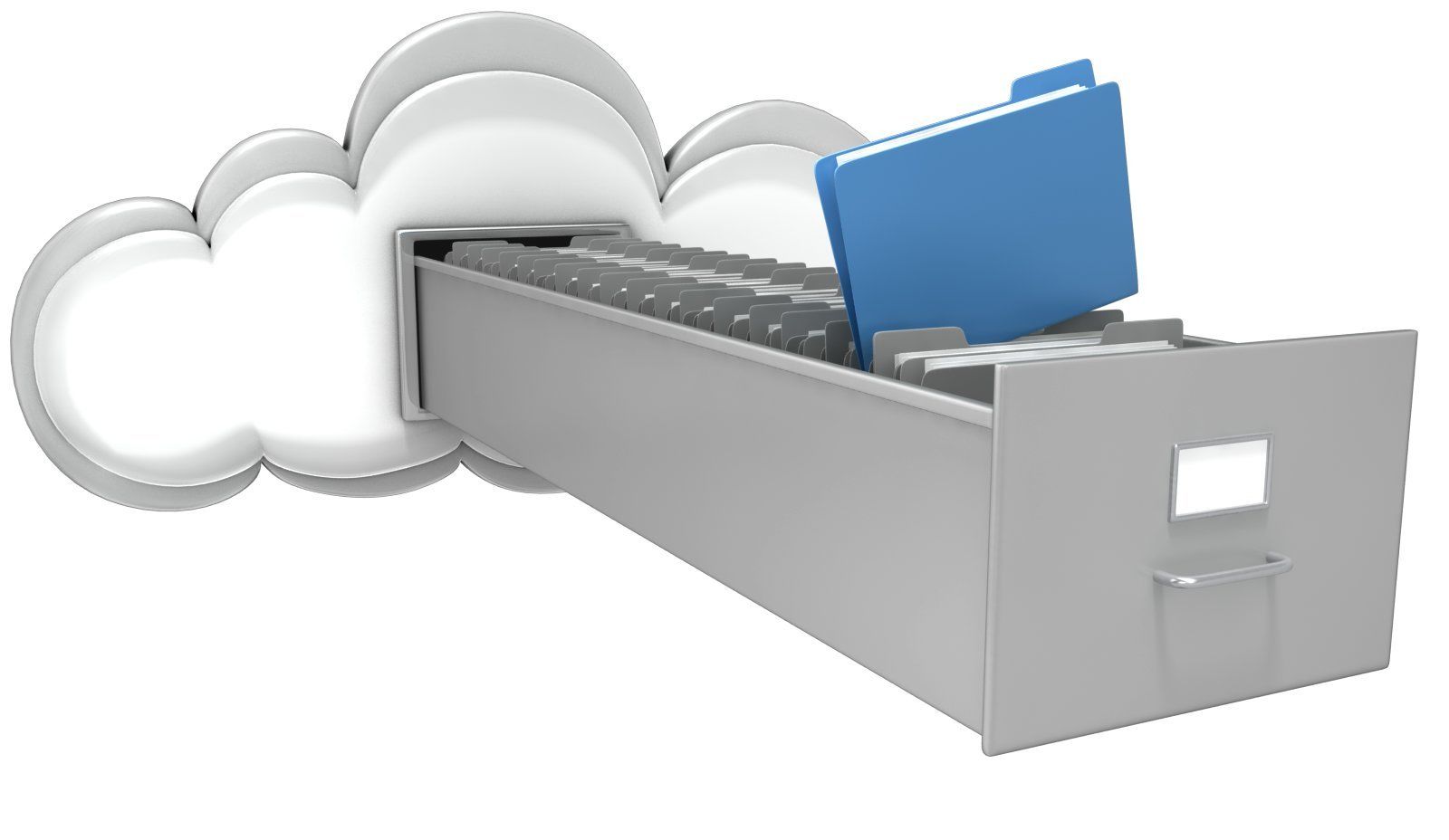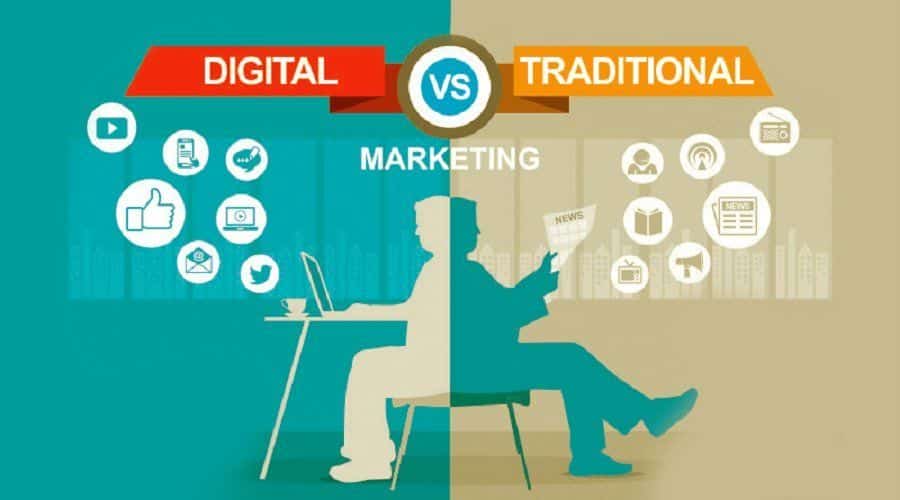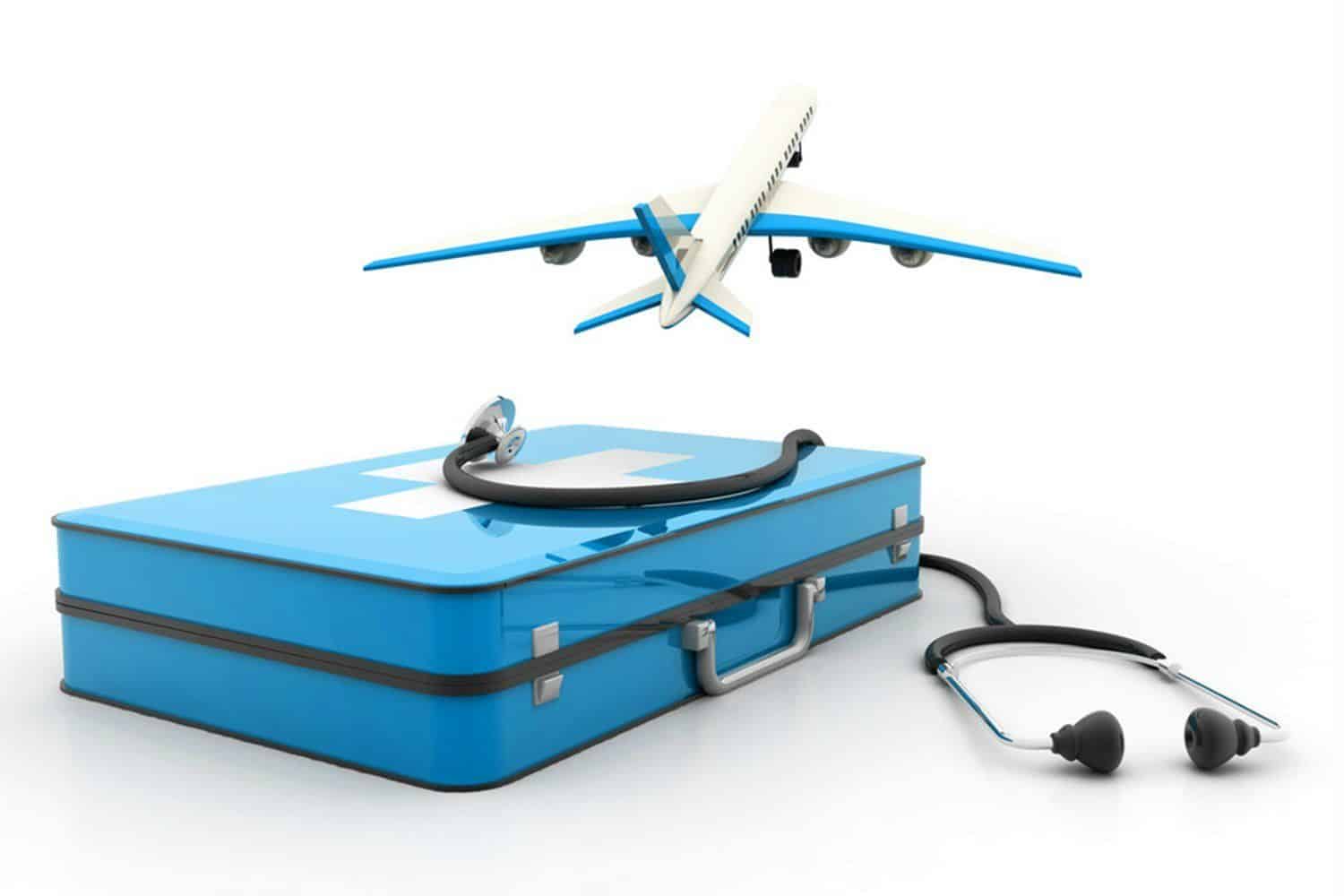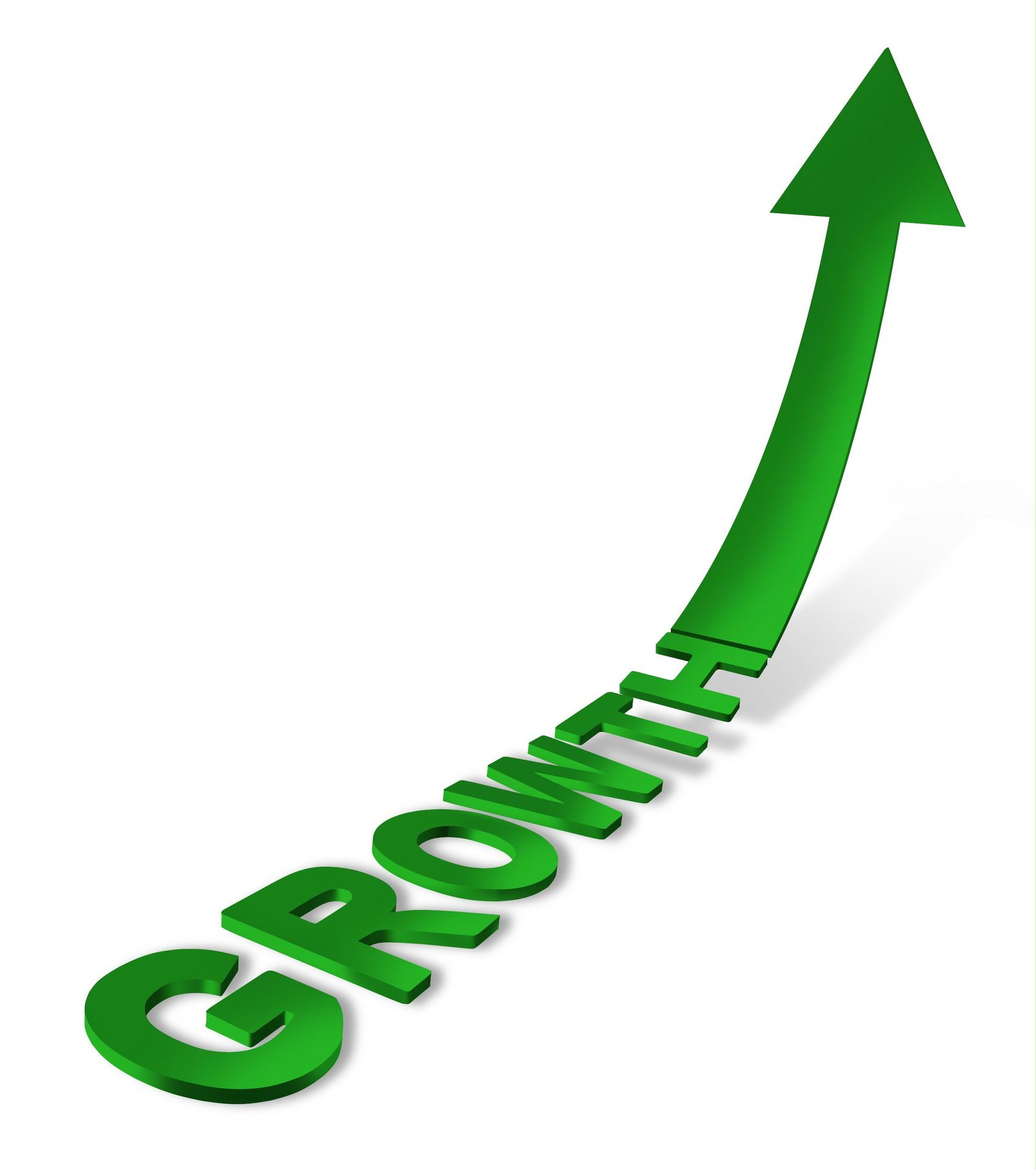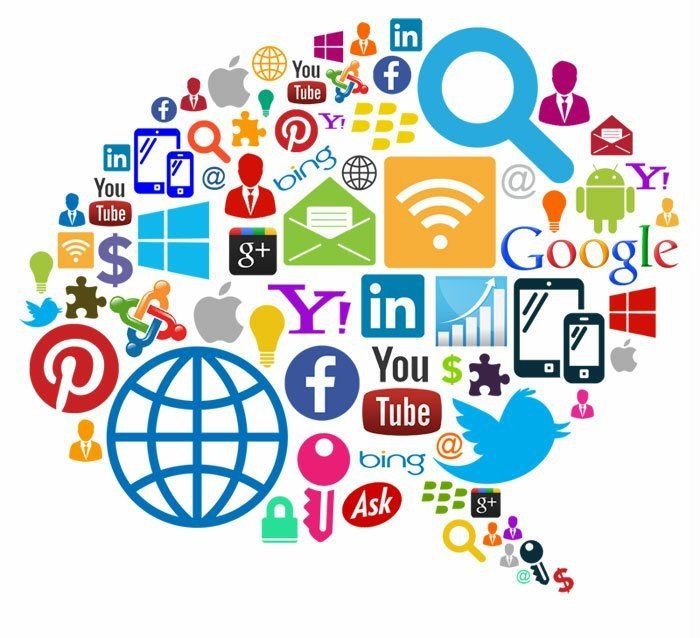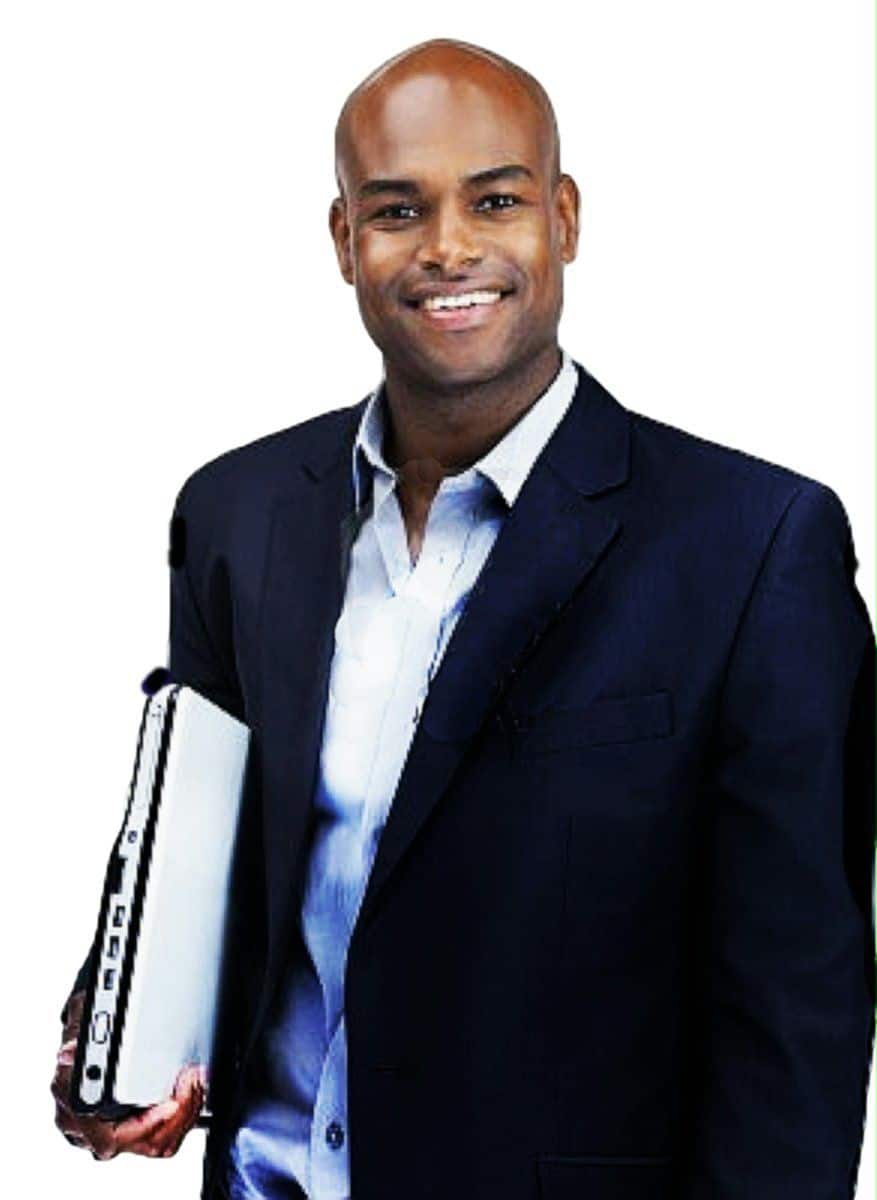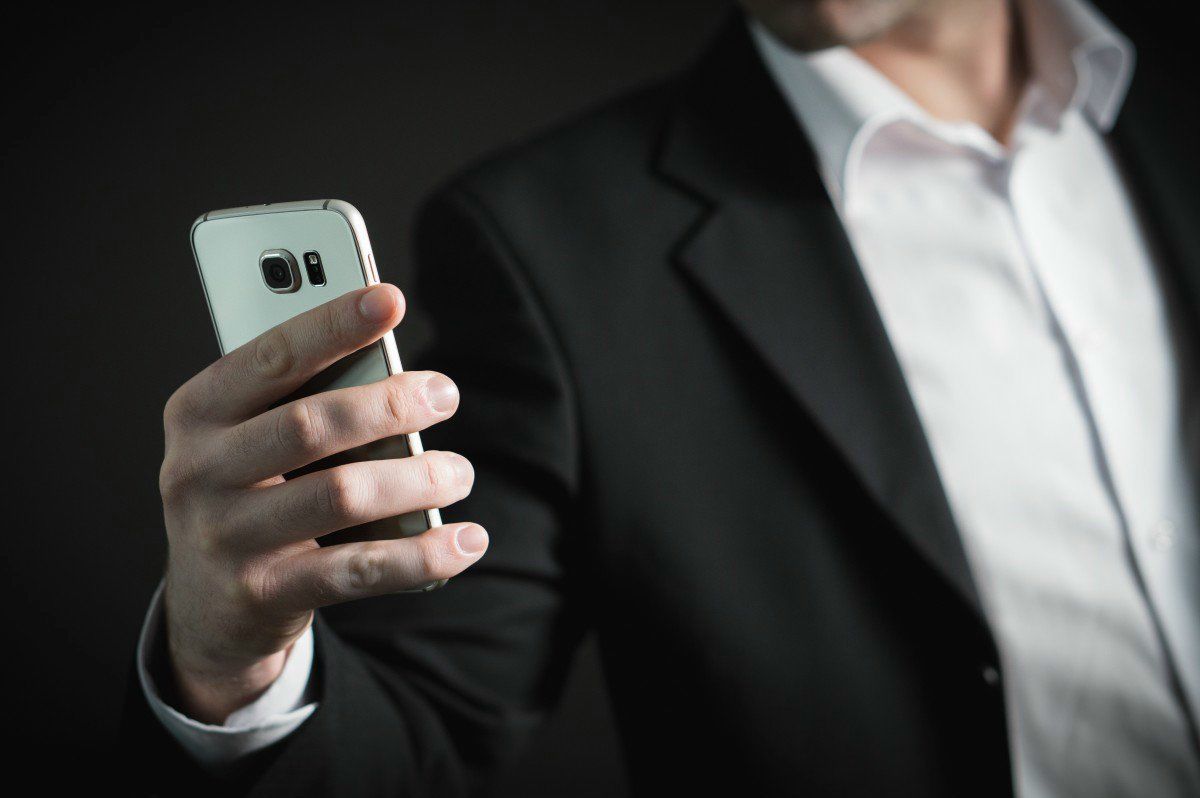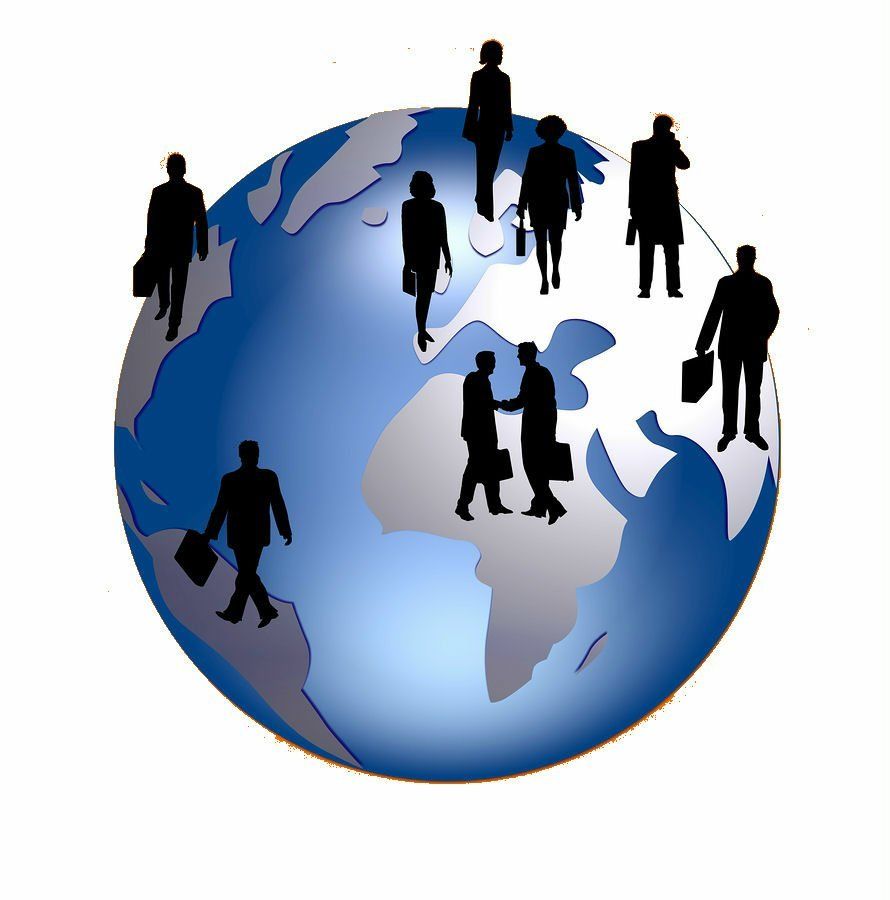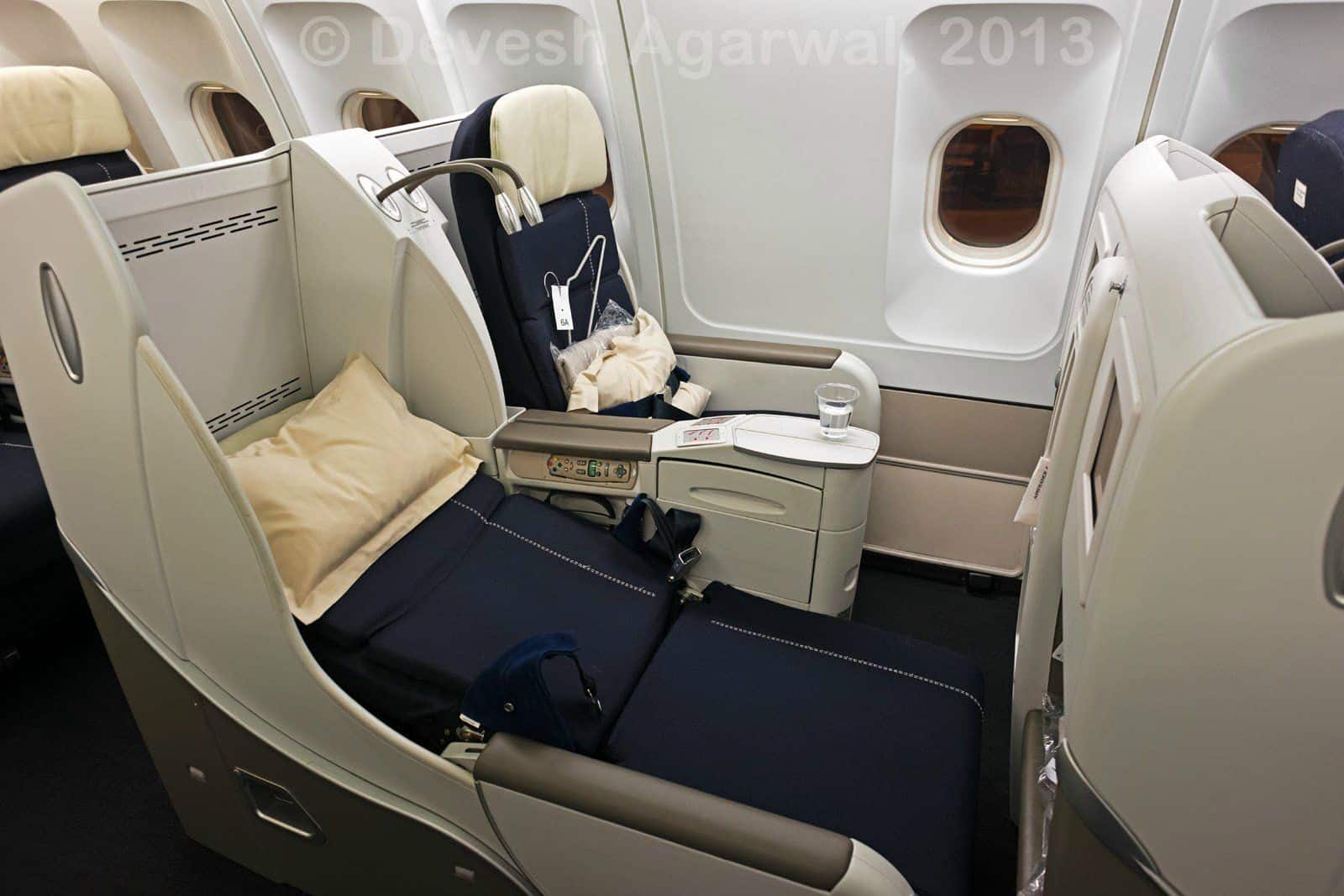The cursor blinked, a defiant pixel against the white, then the file saved. A monumental problem, unpicked and resolved. You snapped the laptop shut, the satisfying click echoing a bit too loudly in the quiet of your home office. No one across the desk to share a knowing glance with, no shared sigh of relief rippling through a bullpen. Just the hum of the refrigerator in the kitchen and the distant chirping of a bird. The victory, undeniably real, felt hollow. A strange, metallic taste lingered, not of success, but of something missing, something profoundly *unshared*.
We cheered, didn’t we? Celebrated the glorious demise of the daily commute, the reclamation of those precious 91 minutes that once evaporated into traffic and crowded trains. We traded fluorescent lights for sunlit windows, cubicle walls for personal sanctuaries. And it felt like freedom. Like a revolutionary act, freeing us from the shackles of the physical office. But in our haste to dismantle the old structures, we overlooked something fundamental: the invisible social architecture. That intricate, often messy, web of spontaneous interactions – the hurried coffee runs, the impromptu brainstorms by the water cooler, the casual “how was your weekend?” that unfolded into a deeper understanding of a colleague’s life. These weren’t just social niceties; they were the very mortar that built trust, fostered psychological safety, and wove a resilient fabric of belonging within a team. We gained convenience, yes, but at what hidden price point, exactly? A heavy, unexpected one.
The Digital Trade-Off
For years, I’ve seen the abstract replace the tangible. It’s a recurring pattern, like trying to explain the conceptual layers of a new digital currency to someone who just wants to understand what they can actually *do* with their $171. The numbers on a screen represent value, but where’s the weight? Where’s the feeling of holding something real? Remote work has mirrored this. We’ve meticulously tracked digital interactions: 41 Slack messages exchanged in an hour, 231 video calls logged in a month, 1 email thread with 17 replies discussing a single comma. We mistakenly believe this high-frequency digital communication equates to high-quality human connection. It’s a fundamental miscalculation, like believing a thousand tiny digital bits can replicate the solid thud of a physical handshake or the unspoken communication in a shared glance. We are paying a steep price for this error, visible in the gradual erosion of team cohesion, the stifling of spontaneous innovation, and, most critically, the quiet decline of individual well-being. The laughter lines around a colleague’s eyes, the slight slump of their shoulders on a tough day, the way they nervously tap their pen – these are the human data points we’ve lost, replaced by two-dimensional representations on a screen.
High Digital Volume
Low Human Connection
The Archaeologist’s Studio
Consider Maya V.K., an archaeological illustrator I spoke with recently. Her work involves painstakingly recreating ancient worlds, often based on fragments: a single pottery shard, a faint discoloration in the soil, a few lines from a long-dead language. She thrives on precision, on making the invisible visible. Before the shift, her studio was a hub. Not for her, necessarily, as she’s introverted, but for the archaeologists, the historians, the conservators. They’d drop in, peer over her shoulder, murmur about a pigment, argue good-naturedly over the curve of a forgotten vessel. These interruptions, which might seem counterproductive, were, in fact, integral to her process. They were organic feedback loops, informal peer reviews, moments of shared passion that solidified the project and their collective understanding. Now, it’s all scheduled Zoom calls, formal presentations of progress, and carefully worded emails. The spontaneous combustion of ideas, that vital spark that often led to breakthroughs, has been largely extinguished. She described closing a particularly complex render of a Mesopotamian market street, feeling a profound sense of accomplishment, then realizing there was no one, not a single soul, within earshot to simply say, “Wow, Maya.” The silence was an abyss.
Pre-Remote
Spontaneous Drop-ins, Organic Feedback
Remote Era
Scheduled Calls, Formal Emails
The Counter-Antidote
I admit, I was one of the loudest cheerleaders for remote work initially. The idea of skipping my 61-minute commute each way, reclaiming those two hours, felt like a personal revolution. I imagined boundless productivity, uninterrupted focus, the serenity of working from my own space. And for a while, it was liberating. The emails flowed, the documents were drafted, the deadlines met. I even managed to start a sourdough starter, something I’d always put off. But then, insidious cracks began to appear. That feeling of disconnect, the nagging sense that I was merely a task-executor rather rather than a valued contributor to a vibrant ecosystem. I’d critique the very concept of “office culture” for its performative aspects, the forced camaraderie, the small talk. Yet, I found myself strangely missing the very things I’d dismissed as superficial. It was a contradiction I wrestled with, a quiet admission of error that wasn’t announced, merely felt. We often don’t truly understand the value of something until its absence creates a void.
This isn’t to say we should abandon remote work entirely, or that the office was a utopian ideal. Far from it. The flexibility it offers is a genuine benefit, a life-changer for many. But we need to acknowledge the cost, not sweep it under the rug of convenience. We need to find ways to rebuild that informal social architecture, to foster connection beyond the scheduled meeting. Maya, in her quiet way, found a partial answer. She started collecting intricate 3D metal puzzles. Not as a direct replacement for human interaction, but as a grounding mechanism. Each piece, tiny and precise, required focus, demanded a different kind of problem-solving. It was tangible, a physical object slowly taking shape under her hands. A solitary, yet deeply satisfying, act of creation that offered a counterpoint to the disembodied nature of her digital illustration work. There’s a particular satisfaction in placing the 1st piece, then the 11th, feeling the click, watching the structure rise.
3D Metal Puzzles
Gardening
Learning Music
For many, including myself, engaging with such activities – whether it’s a detailed craft, learning an instrument, or tending a garden – becomes a vital tether to the physical world, a way to re-center when the digital realm feels overwhelming. It’s a small, personal antidote. If you’re looking for something that demands this kind of focused, tactile engagement, something that allows for a different kind of problem-solving and a sense of accomplishment you can hold in your hand, you might find a similar grounding in exploring intricate buildable models, much like the beautiful and challenging options at mostarle.com. These aren’t just toys; they are exercises in patience and precision, offering a quiet, personal victory that feels profoundly real.
The Unquantifiable Loss
My own experience, rooted in countless hours navigating complex digital landscapes, from explaining cryptographic hashing functions to my bewildered aunt to grappling with the nuances of distributed ledger technology, has led me to a simple, if perhaps counterintuitive, conclusion: the more abstract our work becomes, the more vital it is to anchor ourselves in the concrete. The data points we miss in remote interactions aren’t always quantifiable. It’s the subtle shift in a teammate’s tone, the briefest hesitation before they speak, the unspoken relief when a difficult task is finally closed, only to evaporate into the ether of a silent room. My expertise isn’t in sociology, but in observing human behavior in digital spaces, and in that, I’ve seen a consistent pattern: we crave the human.
(with informal interactions)
A study, if I recall correctly, once indicated that 81% of employees felt a stronger sense of belonging when they had informal, non-work-related interactions with colleagues. That’s a significant 81 percent of our collective well-being at stake. I don’t pretend to have all the answers, but I do see the symptoms. Maybe you’ve felt it too, that quiet hum of loneliness even amidst a flurry of online activity. That’s not just “you”; it’s a shared experience, a collective whisper in the digital wind.
The Unseen Trade
The convenience of working from home is undeniable, a liberating force that has reshaped our professional lives. It offers unprecedented flexibility, granting us control over our environment in ways we once only dreamed of. Yet, this very liberation carries with it an often-unseen cost, a subtle erosion of the human connective tissue that binds us. We’ve gained personal autonomy, but at the expense of communal spontaneity. The ease of asynchronous communication replaces the richness of real-time presence. The individual thrives in comfort, while the collective subtly frays at its edges.
So, what have we really traded? The commute was a physical journey, yes, but it was also a psychological bridge, a transition from private life to shared purpose. Remote work removes the journey, dropping us directly into the purpose, but it leaves us stranded on islands of individual contribution, disconnected from the emotional landscape of our team. We’ve optimized for efficiency, for individual comfort, for the illusion of perpetual availability. But have we optimized for humanity? Have we truly considered the price of that silent high-five, or the quiet absence of a shared sigh? What unquantifiable treasures are we leaving behind in the pursuit of the perfectly optimized, perfectly isolated, digital existence?
Transition & Shared Experience
Efficiency & Isolation
What Are We Building?
What are we building, if not together?



































